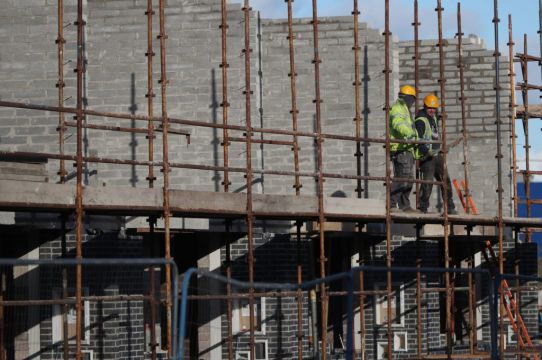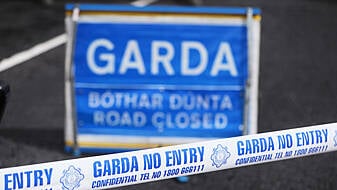The first submissions to the Government’s working group on defective homes indicate that the cost of remedying Celtic Tiger-era building issues will be at least €365 million.
As The Irish Times report, the Construction Defects Alliance, which represents almost 400 affected homeowners, suggests in its submission that this sum is the “tip of the iceberg” with almost 21,000 impacted units now identified.
Costs submitted by apartment owners show they are facing an average bill of €17,635 to remedy legacy issues.
The submission to the working group is based on real-life examples of costs and impacted developments. However, there are thought to be significantly more developments with similar issues around the country.
Previous estimates from the alliance forecast that the issue could end up costing €1 billion to remedy, and it believes this figure will still be borne out, or possibly exceeded.
The alliance is working with residents in 106 different developments around the State, more than 50 of whom submitted costs for the submission to the working group.
Legal barriers
Levies are often imposed to fund remediations – the highest cited being €72,000 per unit. However, work to remediate the defective homes is often held back by financial constraints and frustrated by legal barriers.
Most affected complexes have sought legal advice on taking action against developers and builders, but have been thwarted by the Statute of Limitations and the liquidation of companies involved in originally building their homes.
The submission outlines how residents live with stress over their safety and the impact on their finances, as well as “dramatically” rising insurance costs – in one instance these increased by 700 per cent in a year.
There are additional service charges, and difficulties in selling the apartments, and costly safety measures such as 24/7 fire wardens being needed.
Levies can be divisive, it says, citing an example where neighbours are now taking legal action against each other.
The alliance is aware of 20,750 homes impacted by defects, but its submission says “our clear sense is that this number only represents the tip of the iceberg”.







